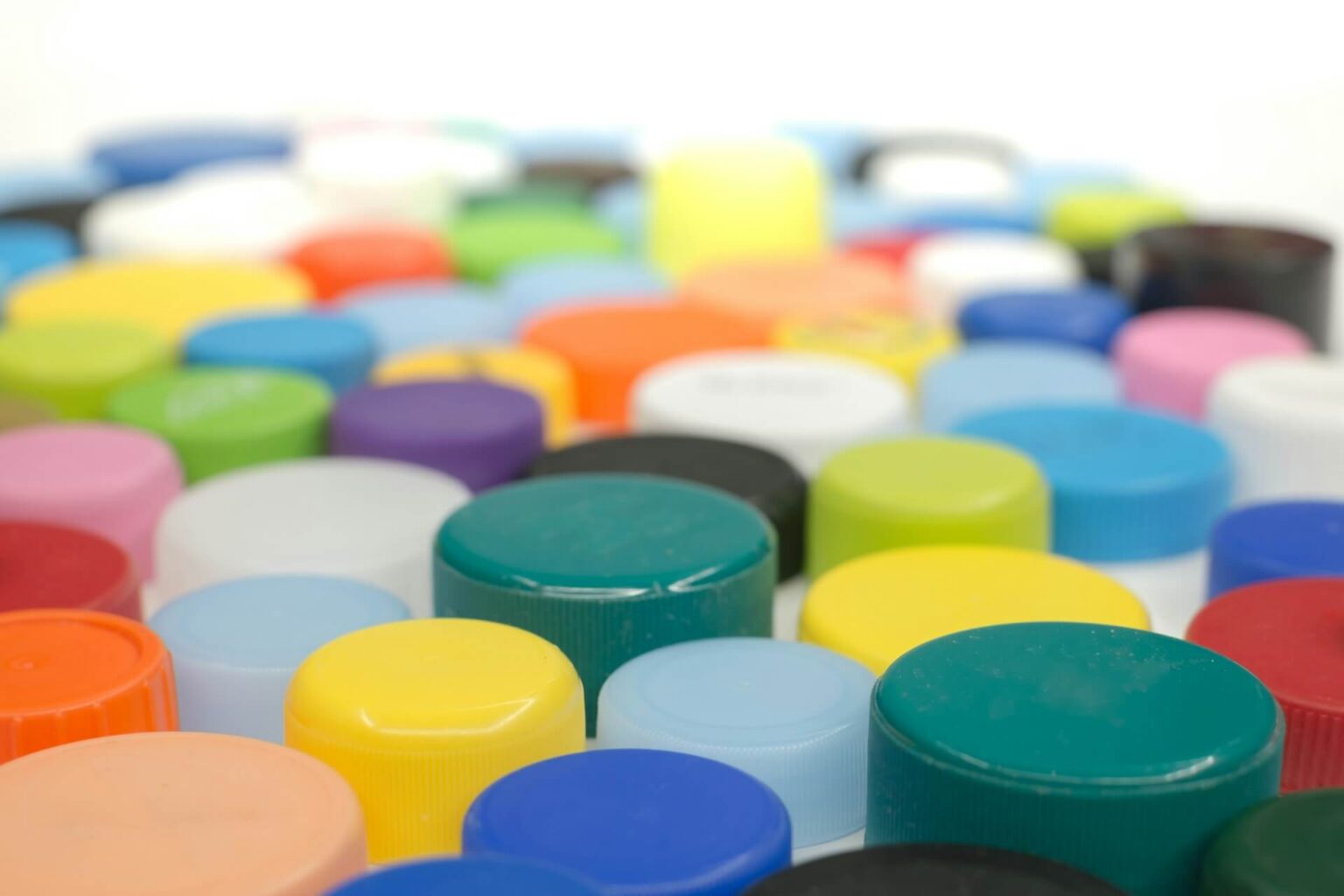Selecting the right capping machine can make a major difference in production efficiency and product consistency. Whether you’re packaging beverages, cosmetics, or pharmaceuticals, the way a cap is applied determines how well a product is sealed, preserved, and presented.
However, not every system fits every production environment. Inline and rotary bottle cappers each offer unique advantages depending on speed requirements, bottle design, and line configuration. Understanding how each system works helps manufacturers choose equipment that enhances both output and quality control.
Understanding the Role of a Capping Machine in Production
A bottle capping machine is a vital component in automated packaging lines. It ensures that each container is sealed with the correct torque and alignment, protecting the product inside from contamination and leaks.
By automating the capping bottles process, manufacturers eliminate inconsistencies that often occur with manual operation. The result is faster throughput, reduced labor costs, and improved product reliability.
These machines also help maintain brand quality by ensuring every bottle looks identical on the shelf. From manual bottle capping machines used in small batches to fully automatic bottle capping machines in industrial operations, each solution serves a specific production scale. The next step is understanding which system—inline or rotary—fits best for your operation.
What Is an Inline Capping Machine?
Inline cappers operate in a straight line along the conveyor, applying caps sequentially as bottles pass through each station. They’re ideal for small to mid-size production lines where flexibility and ease of adjustment are essential. Because bottles move continuously in one direction, operators can easily integrate these machines with existing bottle filling and capping machines, creating a smooth, compact production flow.
Inline cappers work with various container types and cap styles, from screw-on to snap-on designs. They typically have a smaller footprint and require minimal maintenance, making them cost-effective for facilities with frequent product or bottle changes.
Benefits of Inline Cappers
Inline systems are prized for their simplicity and versatility. Changeovers between products are quick, allowing teams to adapt the machine for different bottle heights or closure types. Their open layout makes maintenance straightforward, reducing downtime.
Inline bottle capper designs are also scalable—manufacturers can start with a semi-automatic setup and upgrade to full automation as production grows. For businesses looking to balance cost, control, and flexibility, inline cappers provide the ideal entry point into automated bottle capping.
What Is a Rotary Capping Machine?
Rotary cappers, on the other hand, use multiple heads positioned around a rotating carousel. As bottles enter the system, each head applies and tightens a cap simultaneously, allowing multiple containers to be sealed in one continuous motion.
This design makes rotary systems the go-to solution for high-speed production environments where precision and consistency are non-negotiable. They maintain torque accuracy even at higher line speeds and can handle thousands of bottles per hour without sacrificing seal integrity.
Advantages of Rotary Cappers
For manufacturers operating large-scale or continuous production, rotary capping machines deliver maximum efficiency. Their multi-head design minimizes cycle time, while automated torque monitoring ensures every closure meets specifications.
These machines integrate seamlessly into advanced bottle filling and capping machines, making them ideal for beverage, chemical, and pharmaceutical applications where throughput is critical. Although rotary systems require a higher initial investment, their reliability and speed quickly offset the cost in large-volume operations.
Inline vs. Rotary Capping Machines: Key Differences
While both machine types perform the same essential function, their performance profiles differ significantly. Inline cappers are best suited for lower to medium production volumes and offer exceptional adaptability to varying container types.
They’re easier to clean, adjust, and operate. Rotary cappers, meanwhile, excel in environments where efficiency and precision at high speeds are top priorities. Inline machines can handle multiple products on the same line with minimal setup, while rotary systems maintain higher torque consistency across large batches. Ultimately, the choice depends on your line speed, budget, and future production goals.
Choosing the Right Capping Machine for Your Operation
Selecting between inline and rotary models comes down to evaluating your specific needs. Manufacturers producing fewer SKUs or changing caps frequently may prefer inline systems for their flexibility.
Those focused on mass production or standardized packaging lines should consider rotary systems for their throughput and consistency. Partnering with an experienced equipment manufacturer like Acasi ensures the machine is tailored to your product specifications and long-term growth plans.
Future-Proofing Your Production Line
As demand grows, many manufacturers upgrade from semi-automatic or inline systems to fully automatic bottle capping machines. Modular machine designs make it easy to scale up production without replacing existing infrastructure.
Investing in adaptable capping machines helps future-proof operations and ensures a consistent, professional seal on every bottle.
Final Thoughts on Selecting the Ideal Capper
Both inline and rotary bottle cappers offer proven reliability for different types of production needs. Inline systems shine for flexibility and cost efficiency, while rotary systems dominate in speed and precision. Understanding how each works allows you to align equipment with your production goals.
Whether you’re sealing a few hundred or several thousand bottles per hour, choosing the right capping machine helps maintain quality, efficiency, and customer satisfaction, one cap at a time.


















